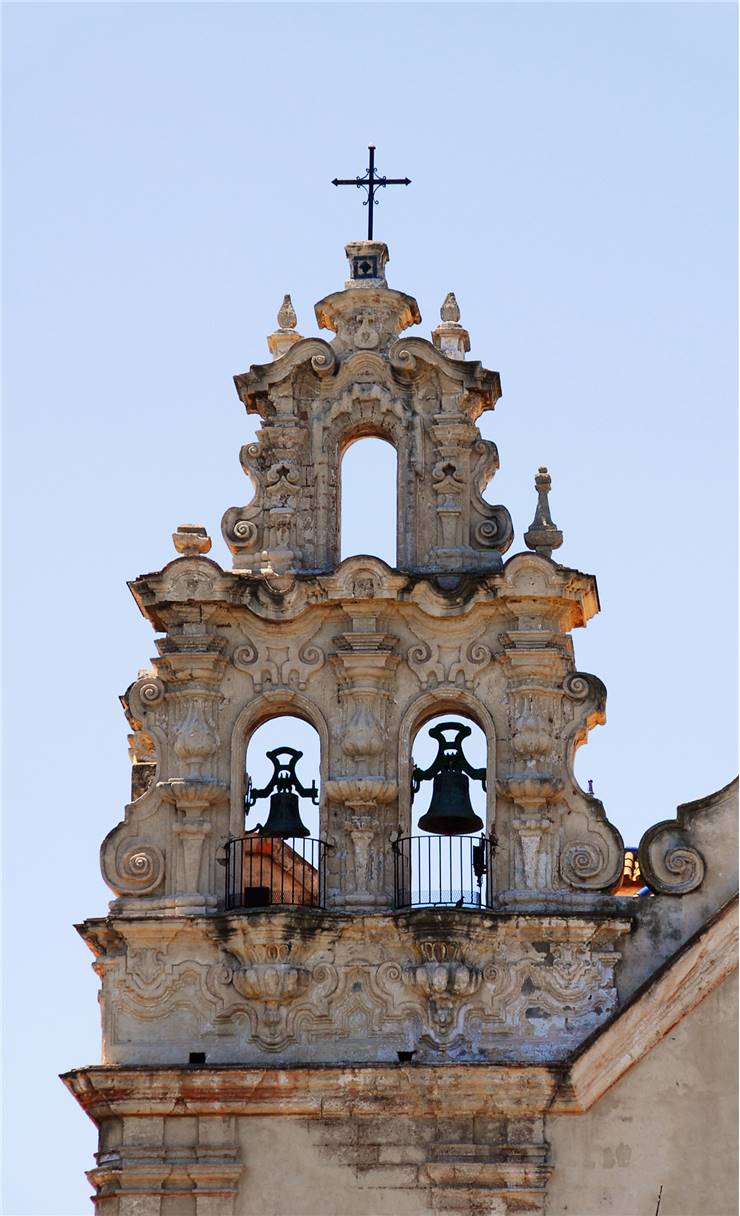History of Church Bells
Since their introduction in our culture some 3 to 4 thousand years ago, bells managed to become important part of religion and religious ceremonies all around the world. Their ability to carry information across large distances was viewed as an excellent tool of communication between religious priest and their congregations. For that purposes, many types of bells were crated over the millennia, from small and private religious bells to the large bells that were hung in the highest church towers of our history.
After the creation of first metal bells in Ancient China, they become more and more used in religious ceremonies. That tradition was passed on to Hindu and Buddhist religions where bells were accepted and tightly integrated into their ceremonies. In Hindu temples bells were placed at the entrance of the building, or above the doors into inner sanctum. Devotees rung those bells as a part of their prayers that they wanted to reach their deity. In Buddhism, bells were perceived as representation of the offering to the Buddha’s and bodhisattvas that had purpose of accumulation positive karma. Sounds of the bells were also viewed as the representation of wisdom, peace, patience and cure of confusion. In Japan, Buddhist bells were integral part of all their temples, sometimes requiring strength of 20 monks to be operated (one enormous bronze bell reached weight of 30 tons and could be heart from the distance of 48 kilometers. Japanese Shinto temples also used bells (usually shaped as zodiac animals), but they were rung by visitors who prayed for good fortune.

Christianity came in contact with the bells during the last stages of life in Ancient Egypt. Their bells were used in ceremonies that celebrated god Osiris, but were usually made to be flat gong. Judging by the writings in bible, Moses studied priesthood in Egypt and introduced bells into Jewish religion.
After Roman Empire fell, tradition of bell use in religion resurfaced in European Christianity. There, knowledge of Bell founding was created in Italy. Under the leadership of bishop of Nola, Palanius, creation of bells and their infusion into Christian ceremonies started to spread across the lands and receive popularity not only because of their ability to gather faithful to religious ceremonies, but also as an excellent alarm in times of danger. During the next few centuries, Christian monks from Italy brought the knowledge of bells across continental Europe. Official acknowledgment of bells in Christian ceremonies happened in 604 by Pope Sabinian who later established ceremony of blessing.
Bells reached England from 650 to 750, until they were eventually extremely popularized by the ceremony of Saint Bede. He introduced ringing of bells at funerals. During following centuries, metallurgy and architecture suddenly went through large transformation, and under the centuries of Renaissance, bells in Christian churches all across Europe started to become larger and louder. By the height of Gothic architectural period, churches received massive bell towers and bells that were decorated with intricate designs.


